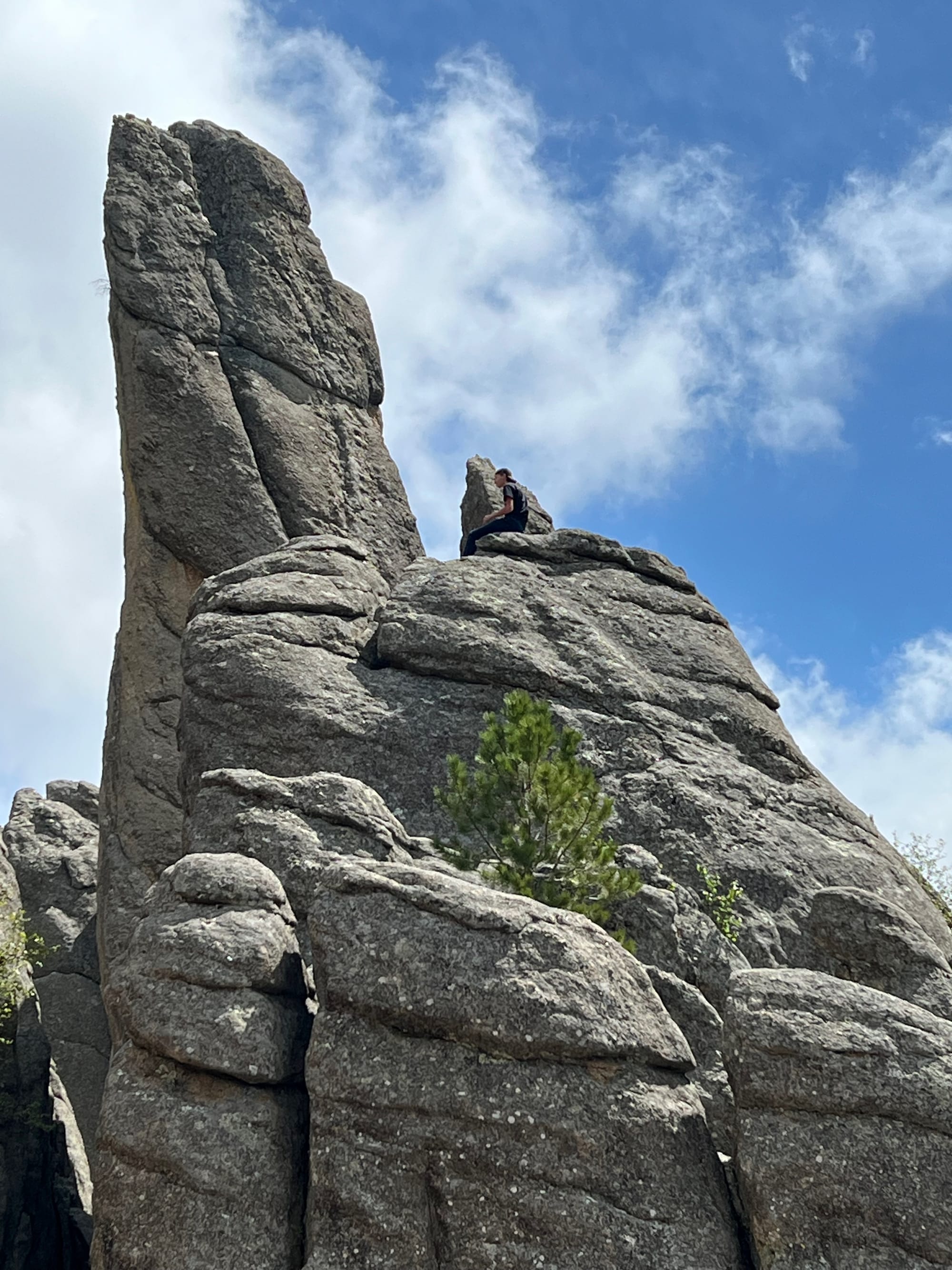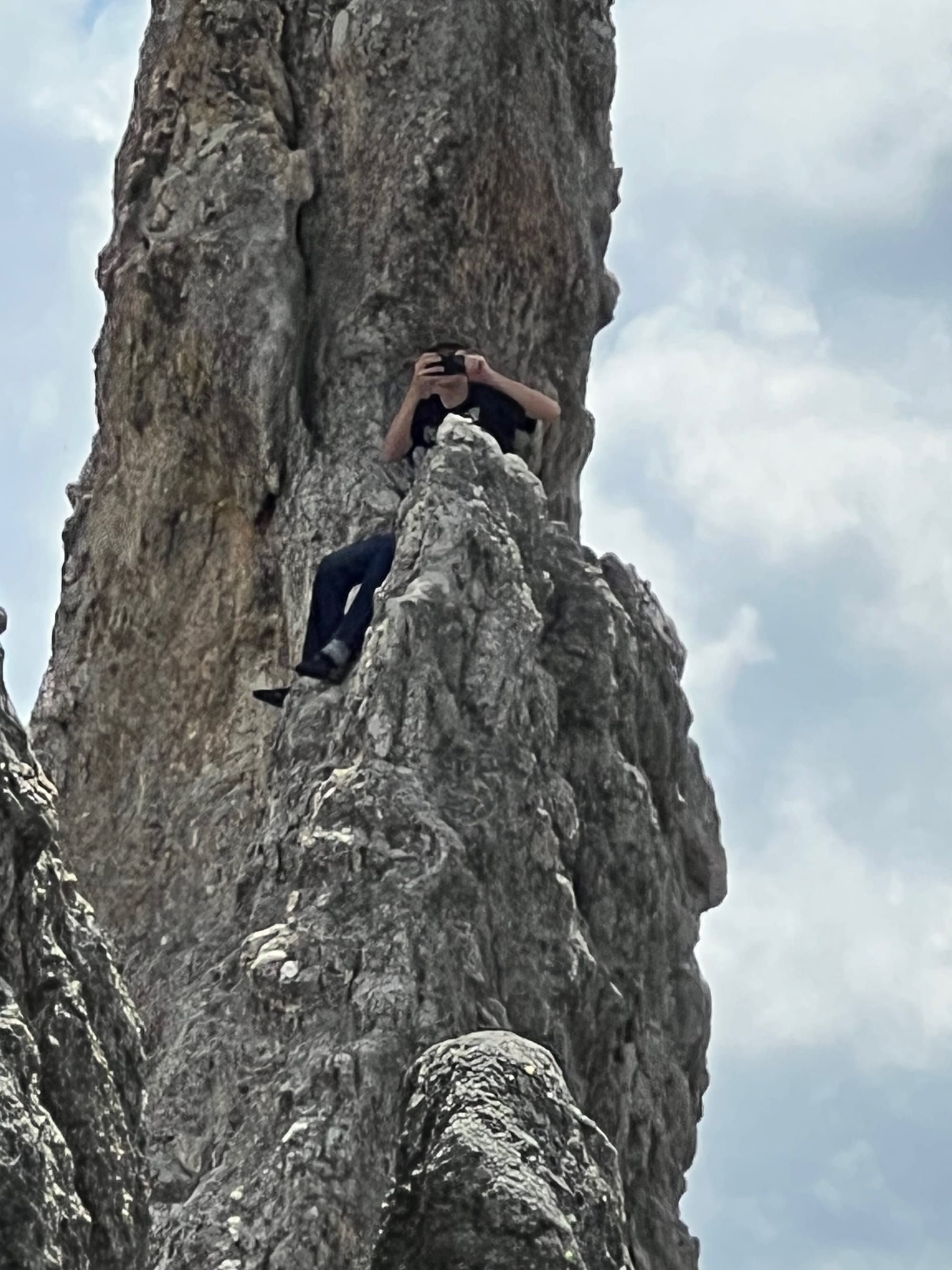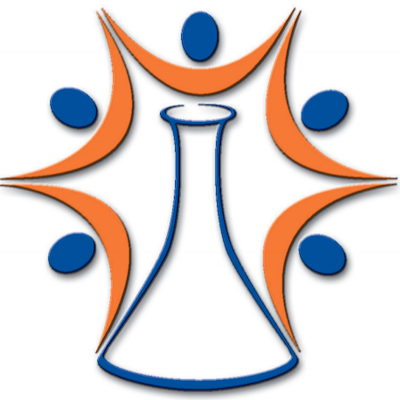Setting Waypoints for your Career Trails

Ever look up from your screen during the work day and wonder “What am I doing here?” You’re busy, but not focused. Grinding through your day. You’re not even sure of your goal anymore. You may think, “What am I doing in this job?”
Sounds like you might be missing a waypoint on your career trail.
A career trail might sound a little different —because it is. There is no linear career path anymore. All of our careers take twists and turns from different challenges that pop up or opportunities that show up. To navigate the challenges and opportunities, you need to set some waypoints.
What Are Waypoints?
Waypoints are intermediate points or places between your starting location and your destination for the trail you are on. When we think of navigating a physical hiking trail, waypoints:
- Become identifiable locations you recognize when you reach them.
- Break a longer trail into manageable segments (especially when planning rest or resupply).
- Allow you to check your direction and the conditions for the next part of the journey.
- Can be planned in advance or identified along the way.
Think of waypoints like the distinctive landmarks on a hiking trail—that oddly-shaped boulder, stream crossing, or scenic overlook that confirms you're on the right path and helps you gauge your progress.
But how might this work for your career?
Setting CareerTrail Waypoints
When we think of our career as a trail with interesting twists and turns, navigating those becomes easier when we have set some waypoints. Some waypoints you might consider:
- Skill Waypoints - Specific capabilities you hope to develop. Sometimes these are outside of your normal work experience and you need to get creative on how you can learn and practice these skills.
Example: When I wanted to pick up meeting facilitation as a young software developer, I started to pay attention to the purpose and agenda of the meeting (or the lack of one) and ask questions to tease these out for everyone. - Experience Waypoints - Sometimes you need to go deeper and take on a project or challenge to understand how a collection of skills or even a new type of career might work.
Example: When I wanted to explore how to be a project manager, I would be the first to jump up and try to organize something in places where I volunteered. It was a little rough, at first, but volunteer groups are usually happy to get any help they can and are more forgiving of mistakes. - Relationship Waypoints - If you want to explore a new company, a new industry, or a completely different type of work, you might want to seek out key connections or networks you want to establish. These could be people working in that area that seem willing to provide some insights or you may even “go big” and seek out a thought leader as a mentor.
Example: In 2013, I started to think deeply about the advantages and challenges of remote work. In 2015, I found some interesting podcasts and one advertised the first mini-conference on distributed teams with an interesting group of potential speakers (some I knew of through other podcasts). I not only flew to Berlin for the conference, I proposed a talk. Then I invited some “thought leaders” to join me. Result: I still collaborate with those thought leaders today. - Impact Waypoints - Maybe you realize you can make contributions where you are. Perhaps you can start something that makes working there a little better. Think of this as #careertrails maintenance where you leave things better than you found it.
Example: Well, three actually …- In one company where I worked, I wanted to help mentor others. So I pitched a pilot mentor program and got approval to start.
- In a small company, we were rapidly growing and our our single HR person was overwhelmed. So I proposed some experiments to overhaul our hiring and onboarding process. We were able to rapidly hire and onboard over 100 people in less than two years.
- In my city, I couldn’t find groups to talk about some new ways of working. So I set up my own Meetup group and hosted a bi-weekly Q&A. We grew to over 200 people in less than two years. This group became a seed for a network of professional groups.
You might be thinking, “This sounds interesting, but this could be a lot of extra work. Why would I do this?”
Why Waypoints Work Better Than Destinations
When planning our next career move, we fall into a trap when we want to find the same role or you plan to join a specific company or industry. Sometimes a bit of exploration via waypoints can provide some interesting options.
Setting waypoints for your next career allows you to:
- Provide direction without rigidity. Rather than fully committing to skills, experiences and networking opportunities to acquire, you get to explore. You might find some skills and experiences in a new type of work are exciting. Some are not.
- Adjust based on learning the terrain - When you have these epiphanies, you might adjust your next set of waypoints to try new experiments.
- Adjust based on changing conditions - Sometimes conditions change and that means changing waypoints or even a final destination. With mass layoffs in the agile community and with US Federal workers, many would benefit in exploring new waypoints. Setting waypoints not only opens up new opportunities. It also helps maintain motivation when obstacles show up.
- Create a sense of progress and accomplishment - Even when things shift, by setting and reaching some of your waypoints, you still get the feeling that things are moving in the right direction.
Bottom line: If you don’t go where your interests are, you don’t really find that next possibility.

So even if you feel secure in your current job, it’s always beneficial to set some waypoints on your current career trail. Don’t get lost with the busyness of your daily work. Take 15 minutes this week to identify one potential skill waypoint, one experience waypoint, and one relationship waypoint you'd like to reach in the next six months. If you need help mapping out your next waypoints on your career trail, feel free to reach out for a chat.
Footnotes:
If this is your first time hearing about #careertrails, you might want to check out my other articles:
